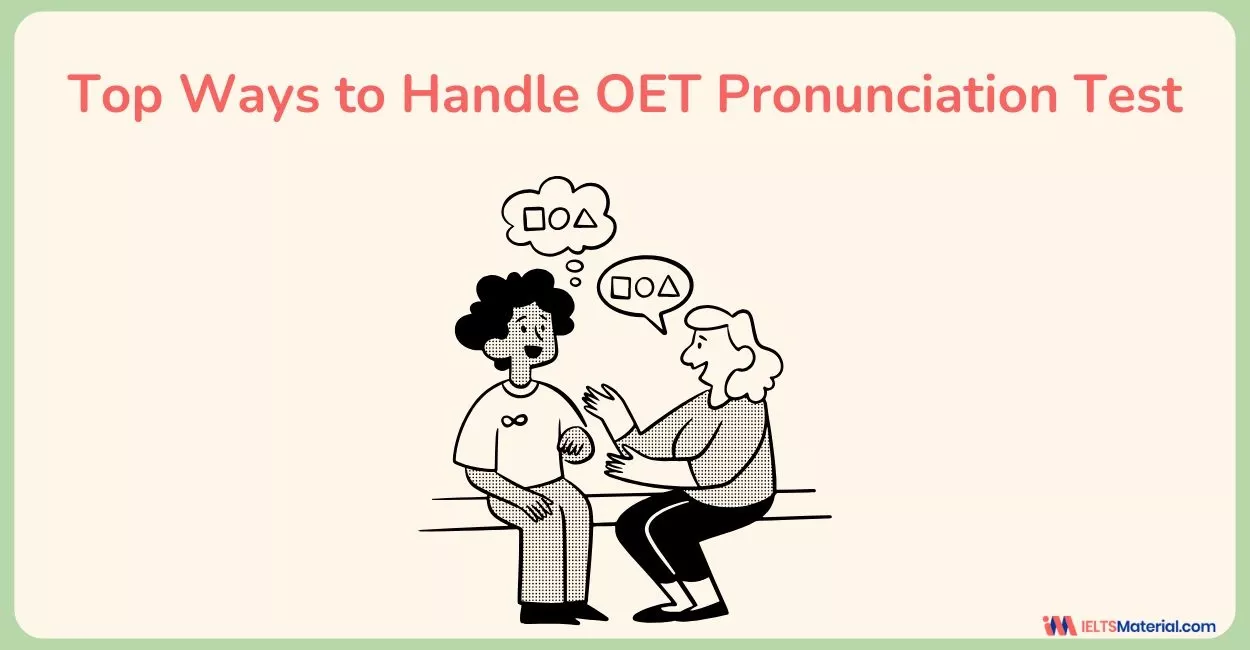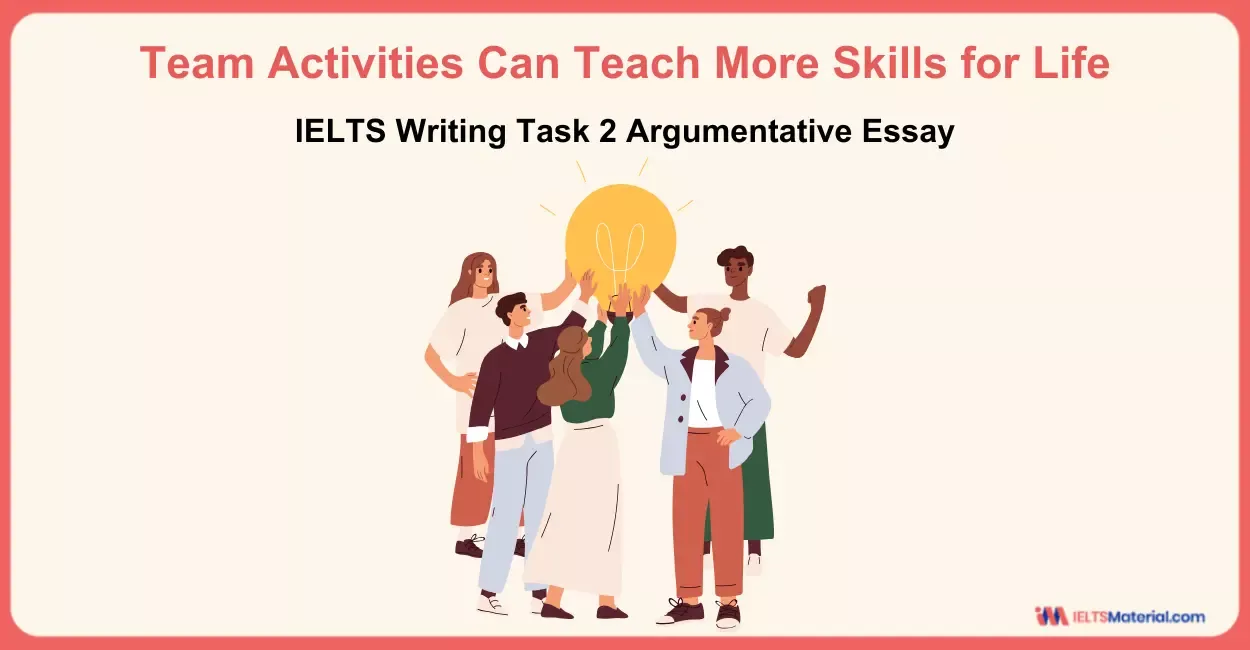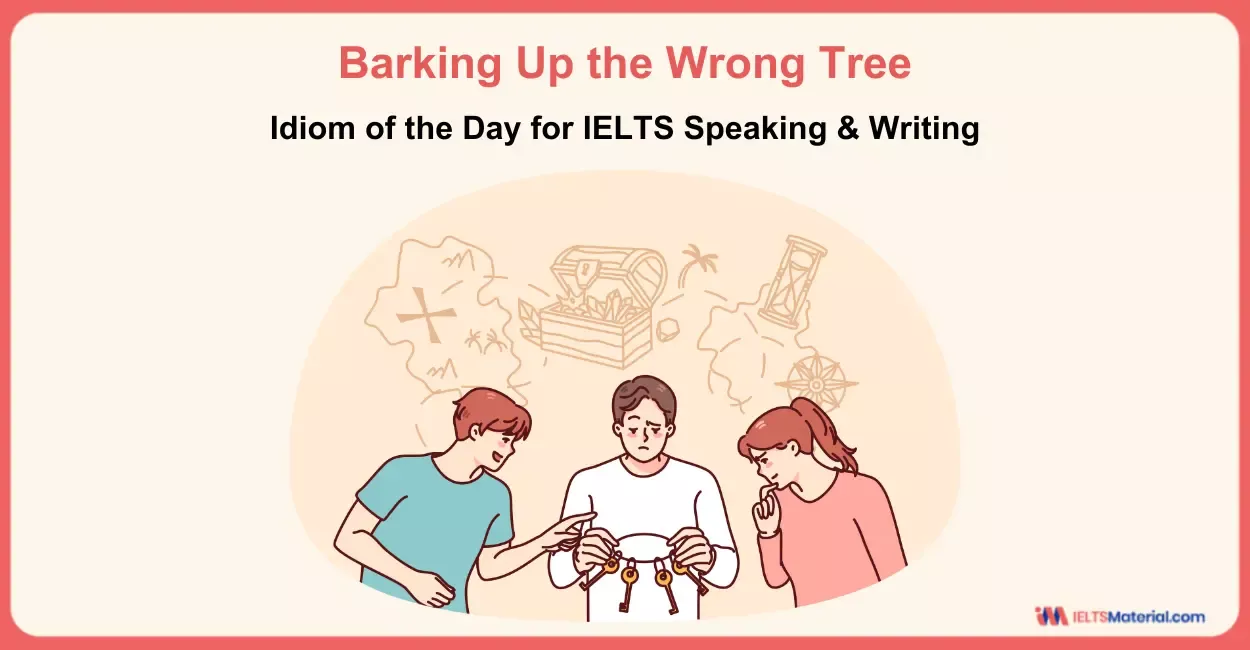OET Reading: Overview, Samples & Tips for Success
Prepare for success in the OET Reading test with our complete guide! Learn about the test structure, scoring system, proven strategies, and access free original OET Reading practice samples to boost your exam preparation and achieve a high score.
Table of Contents

Limited-Time Offer : Access a FREE 10-Day IELTS Study Plan!
The Occupational English Test (OET), just like the IELTS exam, evaluates the English language skills of non-native candidates willing to study or work in an English speaking country. The only difference between these two is that the OET is meant specifically for the medical professionals, making the test format, scoring and ways to master it different from IELTS.
In this article, we shall learn about the OET Reading sub-test and all the métiers that we should keep in mind before getting on the preparation spree.
What is OET Reading?
The OET Reading sub-test evaluates your ability to read and understand texts commonly encountered in healthcare settings. These may include patient information sheets, discharge summaries, research articles, or guidelines.
The OET Reading task is uniform and equal for all medical specializations. The content of the questions are alike across Dentistry, Dietetics, Medicine, Nursing, Occupational Therapy, Optometry, Pharmacy, Physiotherapy, Podiatry, Radiography, Speech Pathology and Veterinary Science.
- Target Audience: Healthcare professionals like doctors, nurses, dentists, physiotherapists, pharmacists, etc.
- Skills Tested: Skimming, scanning, detailed reading, understanding tone, opinion, and gist.
- Duration: 60 minutes (including Part A, B, and C)
OET Reading Structure
The Reading subtest of the OET exam is divided into three parts, each assessing a different reading skill. There are 42 questions in total and they gauge the candidate’s reading mastery and how well they can comprehend the texts.
The table below summarizes the content, skills tested, duration and number of questions in each of the three parts of the OET Reading subtest.
|
Part |
Content |
Skills Tested |
Time |
Questions |
|---|---|---|---|---|
|
Part A |
Four short texts on a single healthcare topic |
Skimming and scanning |
15 minutes |
20 questions |
|
Part B |
Six short texts from the workplace (memos, guidelines, etc.) |
Detailed reading, identifying purpose, attitude |
45 minutes (shared with Part C) |
6 questions |
|
Part C |
Two longer texts on a healthcare topic |
Understanding opinion, attitude, gist, detailed meaning |
45 minutes (shared with Part B) |
16 questions |
Kickstart your OET preparations now with our experts!
Detailed Breakdown of Each Part of the OET Reading Subtest
Given below is the detailed breakdown of the three parts of OET Reading that will help you prepare for OET Training.
Part A
Part A comprises short texts set in a medical context and expects the examinees to skim and scan through the texts. It is also called an expeditious reading task.
Examinees have no extra time to assess and double-check their answers and are advised to go through their answers while attempting Part A of the OET Reading task. Spelling mistakes are not taken leniently and one has to be adept in spelling the words.
In addition, candidates should stick to the information provided in the texts and shouldn’t paraphrase them. Moreover, abbreviations are not allowed in the answers unless they are mentioned in the texts.
The table below presents the objective, type of texts and Part A question types.
|
Objective |
Type of Texts |
Types of Questions |
|---|---|---|
|
Test your ability to find precise information quickly across multiple short healthcare-related texts. |
|
|
Tips for Part A:
- Highlight Keywords: Before reading the texts, quickly read the questions and underline keywords.
- Don't Read Every Word: Skim headings, subheadings, bullet points, and first lines.
- Move Quickly: Aim to spend no more than 45 seconds per question.
Common Challenge:
Many candidates waste time reading texts fully before checking the questions. Avoid this — the key is to hunt for information without getting bogged down!
Part B
Part B comprises six short texts of around 100-150 words, relevant to a medical profession set in a generic context.
Part B of OET Reading tests the proficiency of the candidate to go through the texts and find out the gist and essence of the texts. One who succeeds in doing so is able to provide the correct answer.
Examinees are expected to fill the circle provided against each of the three options per question. Each short text has a question related to its content and each correct answer has a mark for it.
The table below presents the objective, type of texts and Part B question types.
|
Objective |
Type of Texts |
Types of Questions |
|---|---|---|
|
Understand the main purpose, tone, and detail in short, practical healthcare workplace communications. |
|
|
Tips for Part B:
- Identify the Text Type Quickly: Is it an instruction? A notice? A guideline?
- Focus on the Main Purpose: What is the document trying to tell healthcare staff?
- Beware of Distractors: Two choices may seem right — choose the one that fully matches the text's tone and purpose.
Common Challenge:
Misreading small details. Pay attention to modifiers (words like ‘only,’ ‘must’, ‘should’) that completely change the meaning.
Part C
Part C consists of two long texts of around 800 words each. The texts are set in a clinical pertinence.
This part of OET Reading testifies the candidates based on their intelligence, wisdom, and ability to draw inferences from the texts given. Candidates are expected to have a point of view upon reading the texts.
The questions asked are multiple-choice types of questions. Examinees are expected to fill the circle provided against the options for each question.
The table below presents the objective, type of texts and Part C question types.
|
Objective |
Type of Texts |
Types of Questions |
|---|---|---|
|
Grasp complex healthcare topics, including opinions, arguments, and attitudes of the writer. |
|
|
Tips for Part C:
- Look for Signal Words: Phrases like "however," "in contrast," "according to Dr. X" often indicate key opinions.
- Understand Tone and Attitude: Is the author positive, negative, critical, or neutral?
- Paraphrasing is Key: Options may not use the exact words from the text. Understand the idea, not just vocabulary.
Common Challenge:
Choosing the ‘factual’ answer instead of the ‘opinion-based’ one. Always check what the question asks—fact, opinion, inference, or attitude?
Choose from our OET courses for 2025 & prepare to join your desired international medical team!
OET Reading Scoring System
The OET Reading Test is out of 42 marks — and every single correct answer earns you one point. Healthcare boards usually require a Grade B (minimum 30/42). You cannot pass the OET by doing well only in some parts; you need a solid score across all three parts.
Now, let’s have a look at the corresponding grades for the scores to help you in OET score calculation.
|
Grade |
Score Range (out of 42) |
Description |
|---|---|---|
|
A |
37–42 |
Very high-level performance |
|
B |
30–36 |
High standard – eligible for registration |
|
C+ |
23–29 |
Competent but not sufficient for most boards |
|
C |
16–22 |
Moderate ability |
|
Below C |
0–15 |
Insufficient ability |
Top Preparation Tips for OET Reading
Preparing for the OET Reading sub-test requires a smart approach, not just hard work. Here are some essential OET Reading tips to boost your performance:
- Practice Under Real Test Conditions: One of the most effective ways to prepare for the OET Reading sub-test is by simulating real exam conditions. Always practice with a timer set exactly like the actual test — 15 minutes for Part A, and 45 minutes for Parts B and C combined. Avoid distractions, stay seated, and complete full practice tests in one sitting.
- Develop Skimming and Scanning Skills: Efficient reading techniques are the key to success, especially in the time-pressured Part A. Skimming allows you to quickly get the main idea of a passage, while scanning helps you locate specific information such as dates, names, and keywords. Regularly practice these skills during your OET Reading preparation.
- Expand Your Healthcare Vocabulary: OET Reading passages are filled with medical terms, healthcare jargon, and professional communication styles. Familiarizing yourself with common clinical terms, hospital procedures, and patient care concepts will make it easier to understand texts and answer accurately without second-guessing.
- Identify Common Distractors: OET Reading questions often include distractors — answers that seem correct at first glance but are actually misleading. Developing an eye for these traps is critical. Pay attention to small differences in meaning, synonyms that subtly change the context, and extreme words like ‘always’, ‘never’, or ‘only’, which are often clues to incorrect options. By learning how distractors work, you can eliminate wrong answers quickly and increase your chances of selecting the right choice.
- Work on Inference Questions: Especially in Part C, many questions require you to infer meaning rather than just recall information. This means understanding what the writer is suggesting, even if it's not directly stated. To strengthen your inference skills, practice reading between the lines. Focus on the tone of the passage, the emotions behind the words, and the general attitude of the writer. Mastering inference questions can give you a major advantage, as these are often the most challenging yet high-scoring parts of the OET Reading test.
- Analyze Every Practice Test You Take: Taking practice tests is essential, but analyzing them is where real improvement happens. After each practice session, spend time reviewing every question — both right and wrong. Understand why an answer was correct and why the other options were wrong. Keep a notebook to track recurring mistakes or tricky question types you struggle with. This methodical review process helps you spot patterns in your thinking and ensures steady progress toward your OET Reading target score.
OET Reading Samples
OET Reading materials, including practice tests, samples and mock tests are crucial for practice and ultimately, helps in achieving a top OET score. Therefore, look at the OET Reading samples below.
To sum up, the OET Reading sub-test plays a vital role in your overall OET performance and achieving your career dreams abroad. Master the test structure, practice actively, and stay consistent in your preparation. If you found this guide useful, don't forget to check out our other posts on OET Listening, OET Speaking tips, and OET Writing sample letters!
Useful Links:
Frequently Asked Questions
Is OET Reading difficult?
What is the passing score for OET Reading?
Is there any extra time allotted to check my answers?
Am I allowed to write abbreviations or misspelt words?
How can I finish part A on time as it involves reading and writing too in just 15 minutes?
Can I add a term that isn't in the excerpts to the fill-in-the-gap question in OET Reading?
What books should I read to improve my reading score on the OET?
What are the differences between the computerized and paper versions of the OET Reading Subtest?
Can I highlight or underline the Reading Subtest text?
Other OET Exam Related Articles

Start Preparing for IELTS: Get Your 10-Day Study Plan Today!
Explore other IELTS Articles

Kasturika Samanta

Prity Mallick


Nehasri Ravishenbagam
Recent Articles

Kasturika Samanta

Haniya Yashfeen

Kasturika Samanta





Post your Comments